Residential Gas Line Relocation Services
Relocating residential gas lines involves careful planning and execution to ensure safety and compliance with local regulations. Proper relocation can prevent future issues and accommodate property renovations or expansions.
Specialized services focus on safely relocating gas lines within residential properties, minimizing disruption and ensuring safety compliance.
Re-piping involves replacing or rerouting existing gas lines to improve safety and accommodate new layouts or appliances.
Planning ensures proper assessment of the property and efficient execution of the gas line move.
All relocations adhere to local codes and require necessary permits for legal and safe installation.
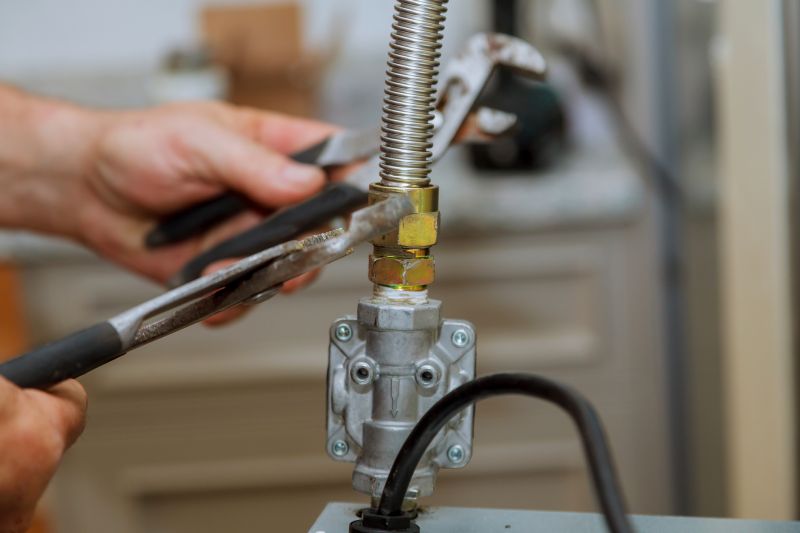
Installing new sections of gas line during relocation.
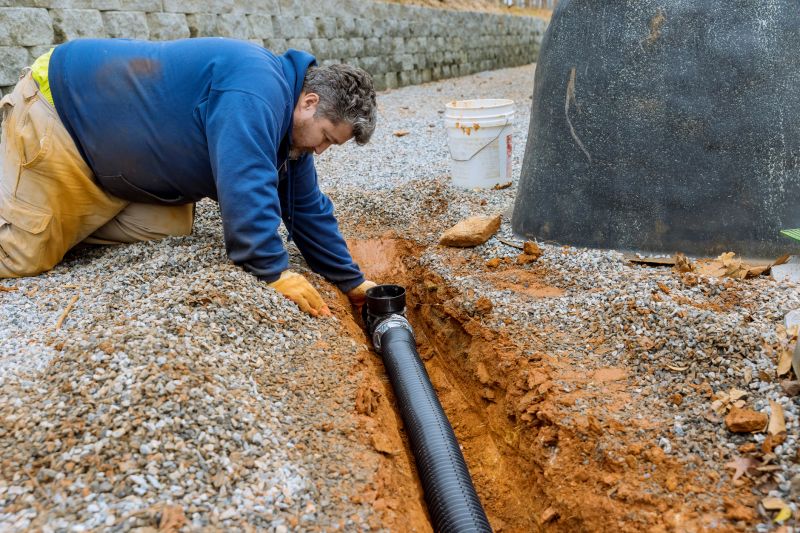
Excavation for access and rerouting of gas lines.
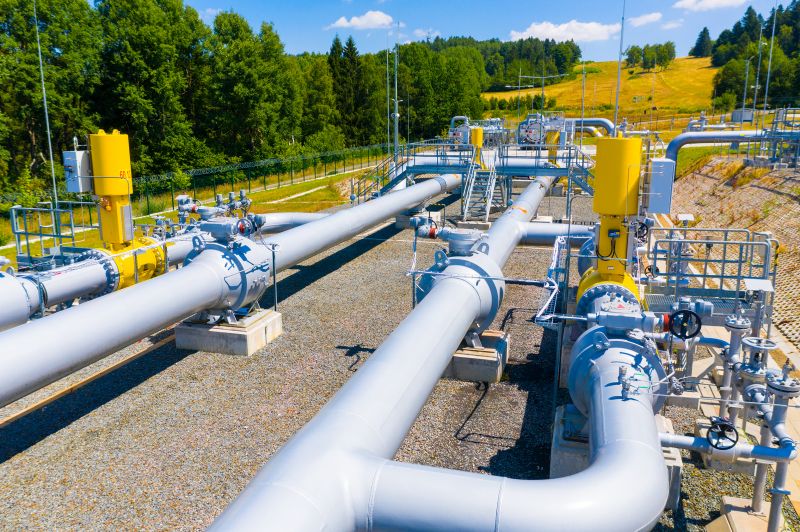
Inspection of relocated gas lines for safety compliance.
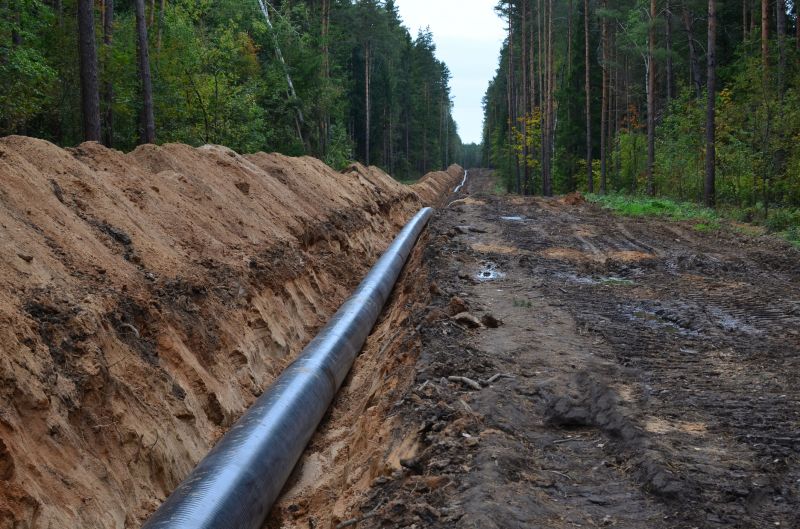
Restoring the landscape after gas line rerouting.
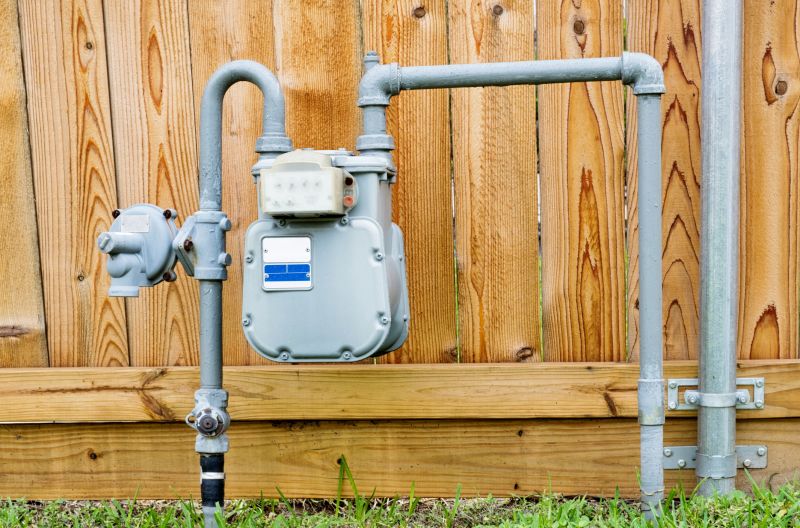
Reconnecting gas meters after relocation.
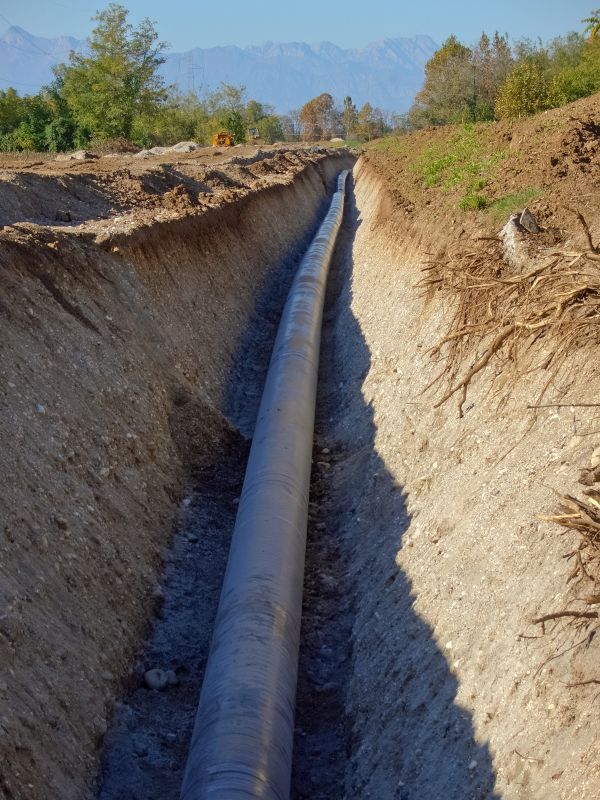
Creating trenches for underground gas lines.
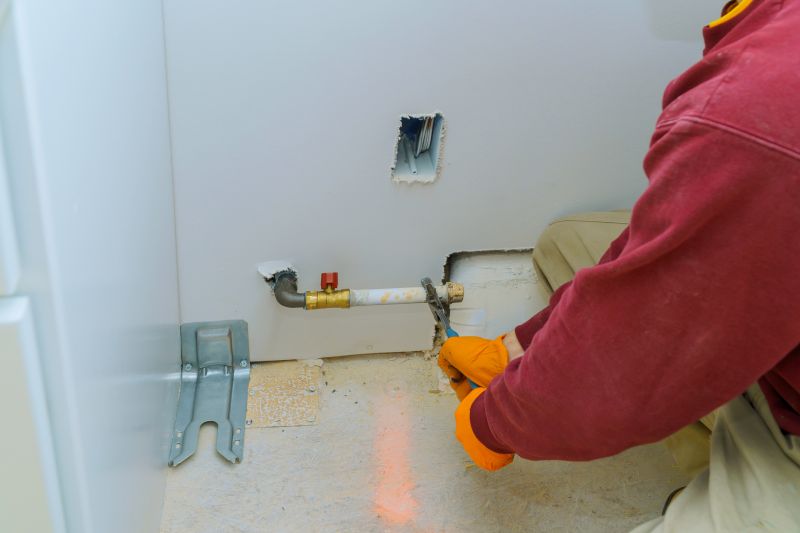
Tools and machinery for gas line relocation.
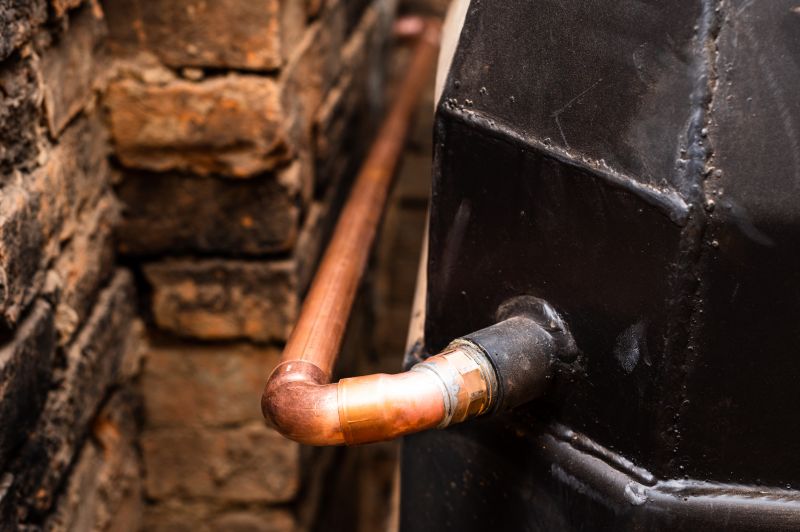
Finished installation of relocated gas lines.
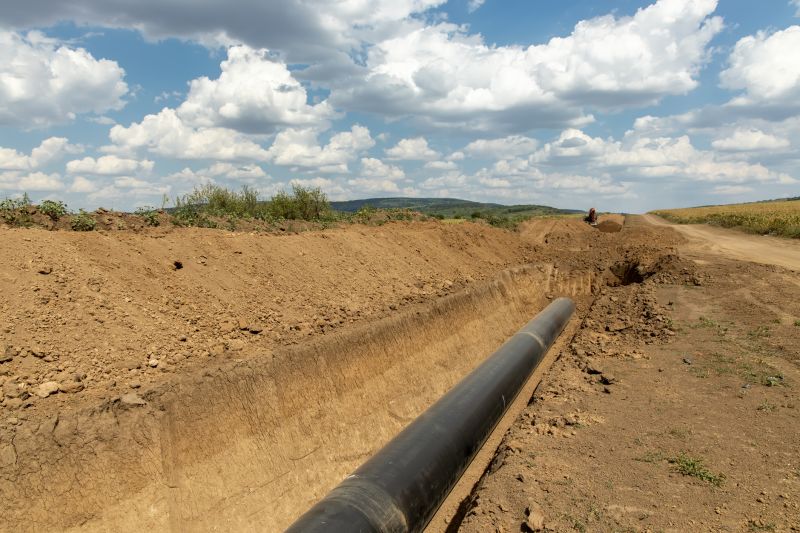
Underground rerouting of gas lines.
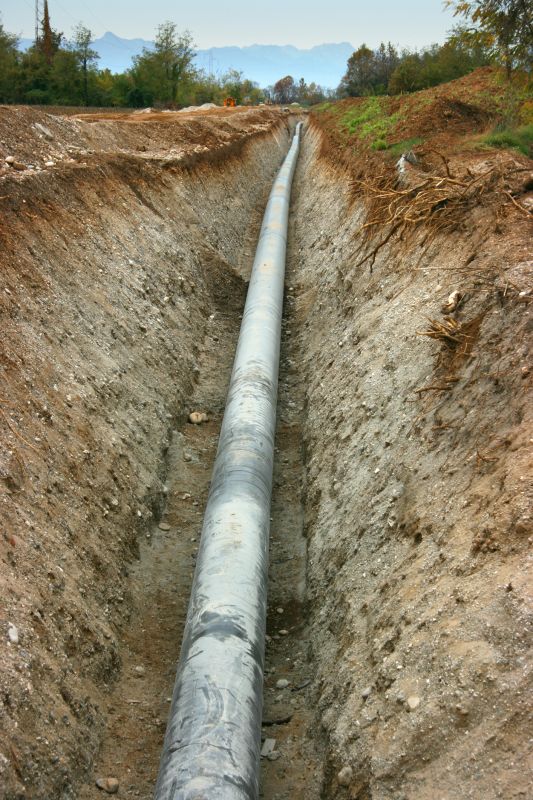
Trenching for underground gas line installation.
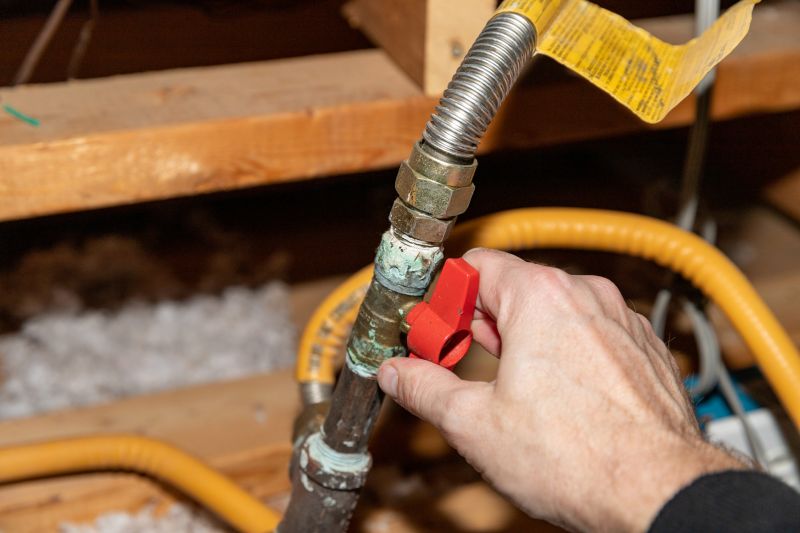
Connecting and fitting gas pipes securely.

Protective equipment used during relocation.
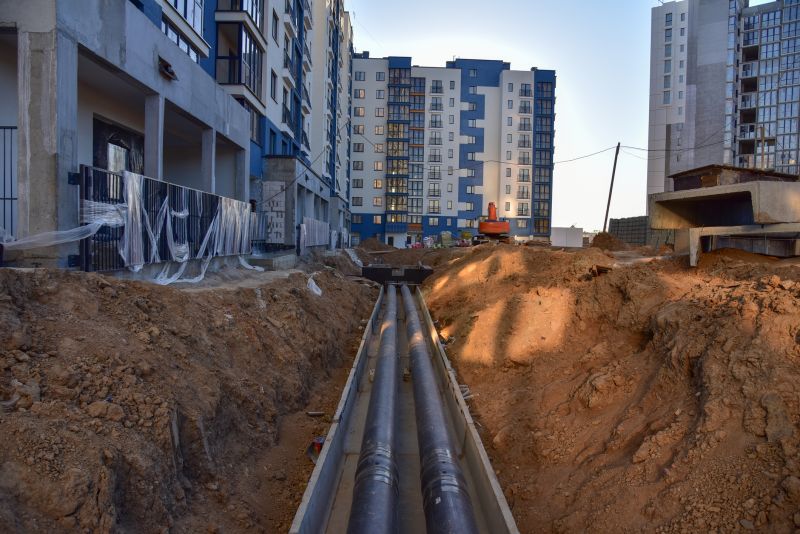
Excavation site prepared for gas line movement.
The process of relocating residential gas lines typically involves initial assessment, planning, excavation, rerouting, inspection, and final connection. The duration depends on property size and complexity, often taking from one to several days.
During relocation, property owners can expect minimal disruption when scheduled properly. Clear communication about steps and timeline helps ensure a smooth process.
| Step | Description |
|---|---|
| Assessment | Evaluating existing gas lines and property layout. |
| Planning | Designing the reroute and obtaining permits. |
| Excavation | Digging trenches for underground lines. |
| Relocation | Installing and connecting new gas lines. |
| Inspection | Ensuring safety and compliance. |
| Final Connection | Reconnecting gas meters and appliances. |
| Restoration | Backfilling and landscaping. |
| Completion | Final review and approval. |
The total time for gas line relocation varies based on project scope, but scheduling with experienced professionals can help minimize delays. Proper planning ensures safety and compliance throughout the process.
Property owners interested in relocating gas lines are encouraged to contact for a detailed quote. Providing detailed property information helps facilitate accurate estimates and efficient scheduling.
